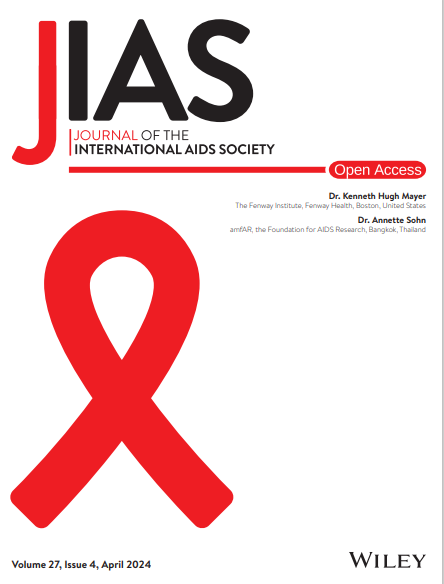Recent studies have indicated a high enduring burden of advanced HIV disease, but estimates across regions and settings are lacking. The aim of this study was to estimate the prevalence of advanced HIV disease since 2015 among those people with CD4 measured in healthcare settings, disaggregated by age group, level of healthcare and region.
We searched MedLine via Pubmed and Hinari for studies that reported the proportion of individuals with advanced HIV disease (defined as CD4 cell count <200 cells/mm3) in healthcare settings since 2015; this search was complemented by conference abstracts and data from the International epidemiology Databases to Evaluate AIDS Consortium (IeDEA). We estimated pooled prevalence of advanced HIV disease using random-effects models and performed subgroup and sensitivity analyses to explore heterogeneity.
We obtained data from 117 cohorts, representing 1,814,362 individuals from 52 countries across all six World Health Organization regions. The majority of studies (n = 83) were conducted among adults and recorded CD4 cell count among treatment naïve individuals at antiretroviral therapy start (n = 86). Studies included data reported up to 2023. The proportion of individuals with advanced HIV disease was higher in inpatient settings (44.3%, 95% CI 39.1−49.6%) compared to outpatient settings (33.5%, 95% CI 31.5−35.4%). Prevalence was similar across age groups, time since HIV diagnosis and treatment status, and highest in West and Central Africa, South-East Asia and the Eastern Mediterranean region.
This review finds that at least a third of people presenting to healthcare settings have advanced HIV disease, with no evidence that this has changed in recent years. Screening for advanced HIV remains important to be able to direct appropriate preventive, diagnostic and therapeutic interventions to prevent progression to severe illness and death.
This review summarizes recent evidence of the continued high proportion of individuals who (re)present to care with advanced HIV disease. These findings underscore the urgent need to reinforce programme capacity to diagnose, prevent and treat advanced HIV disease as an essential pillar of the global AIDS response.



